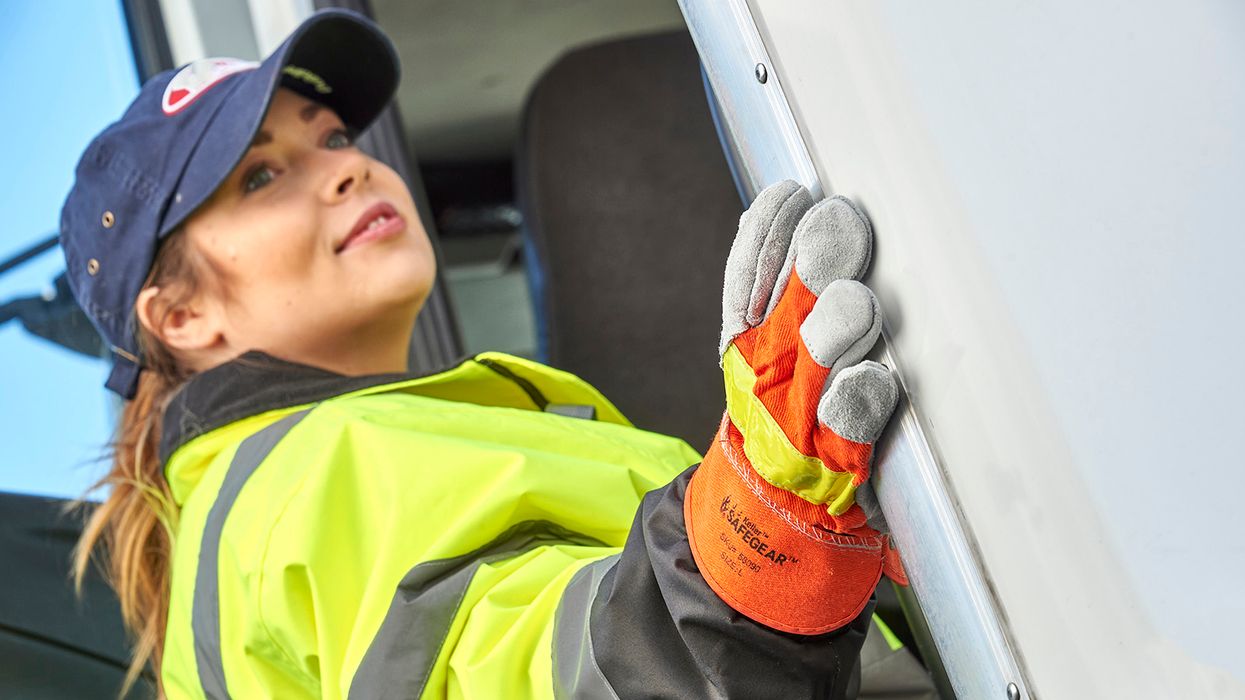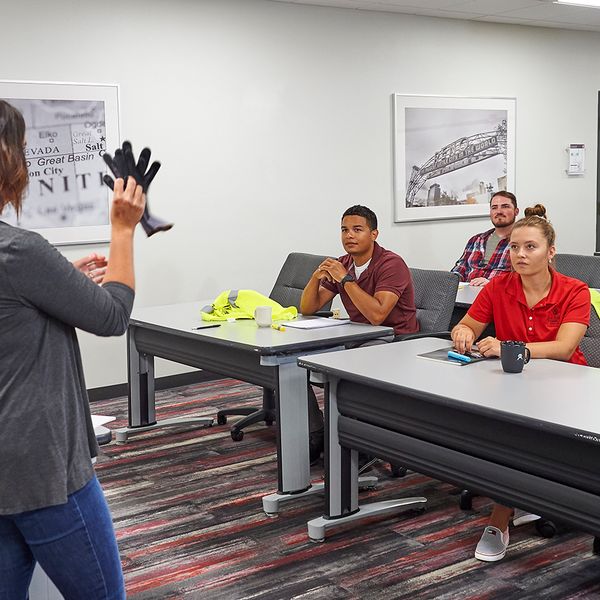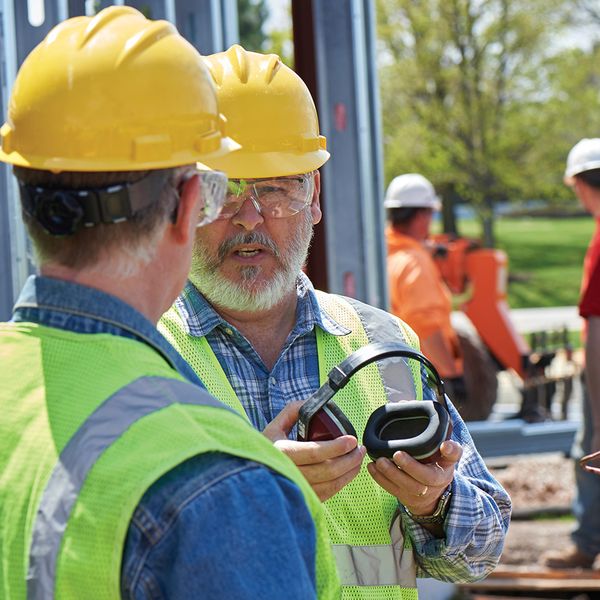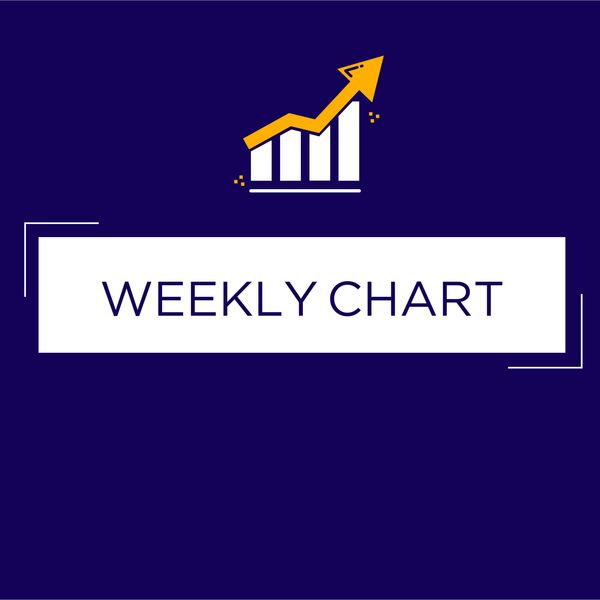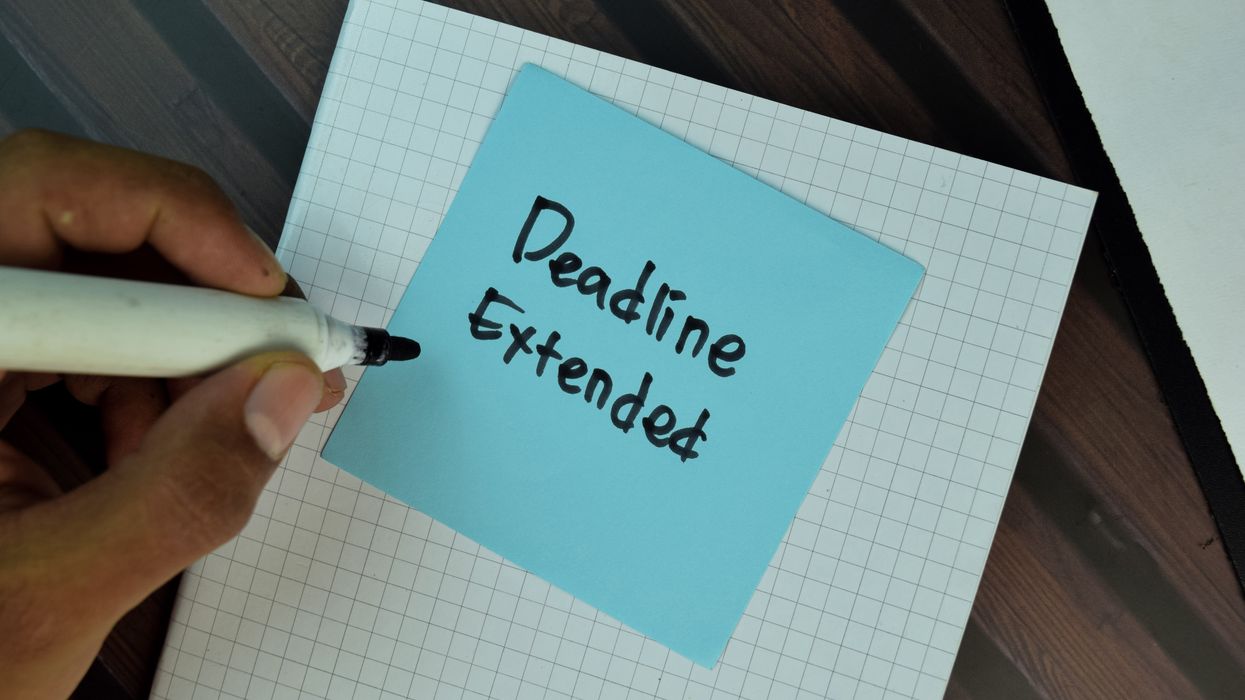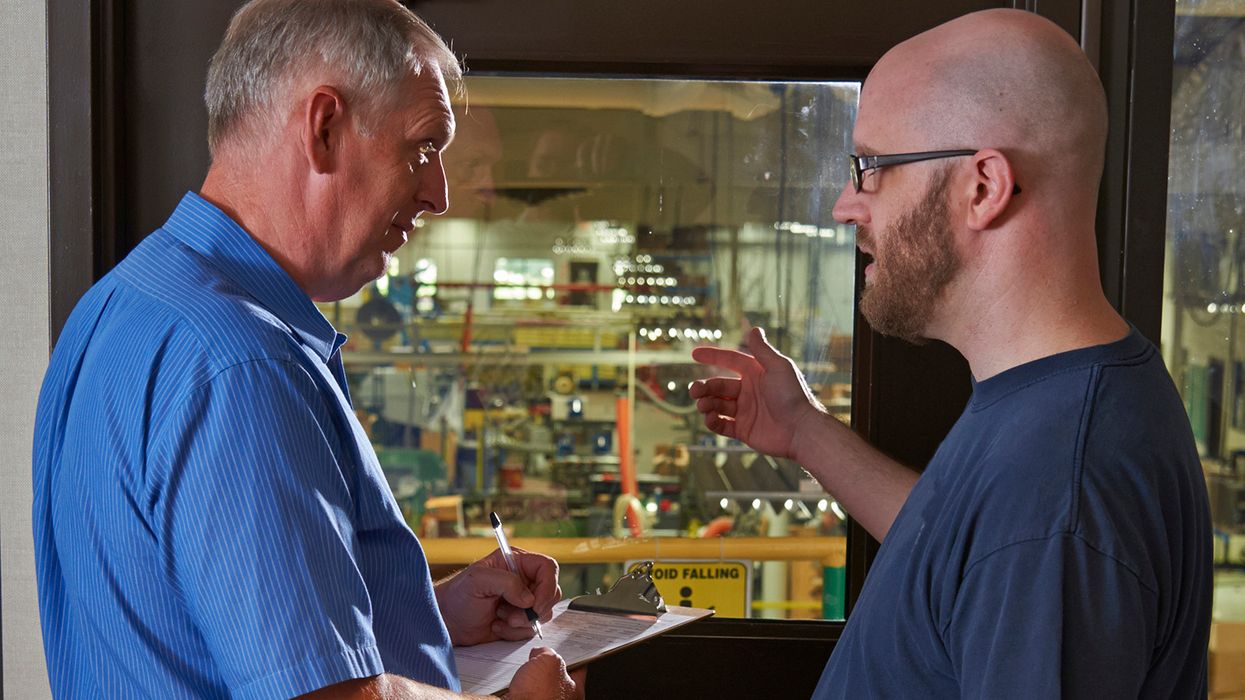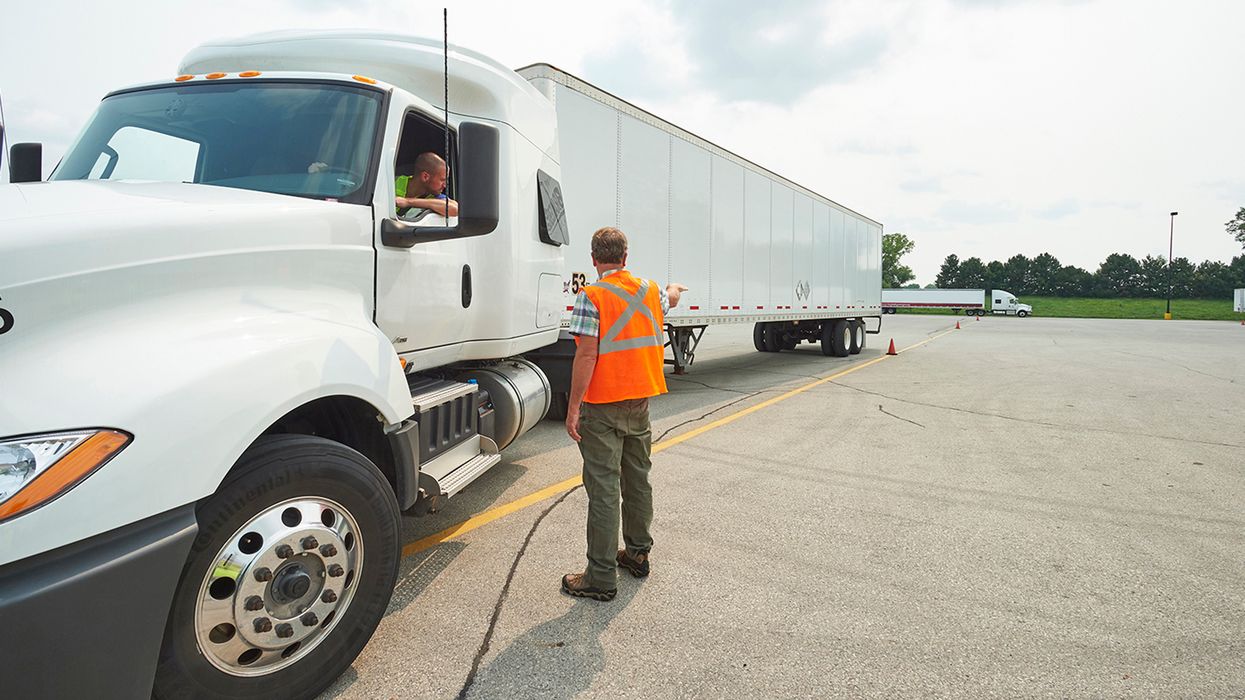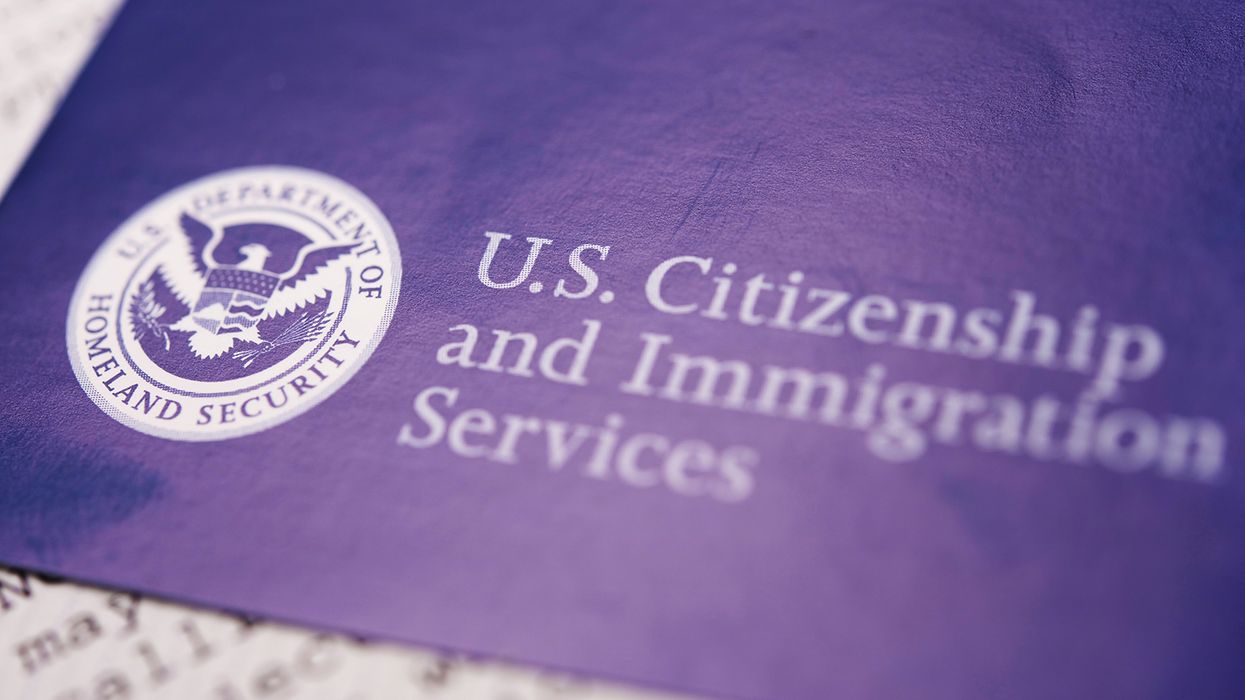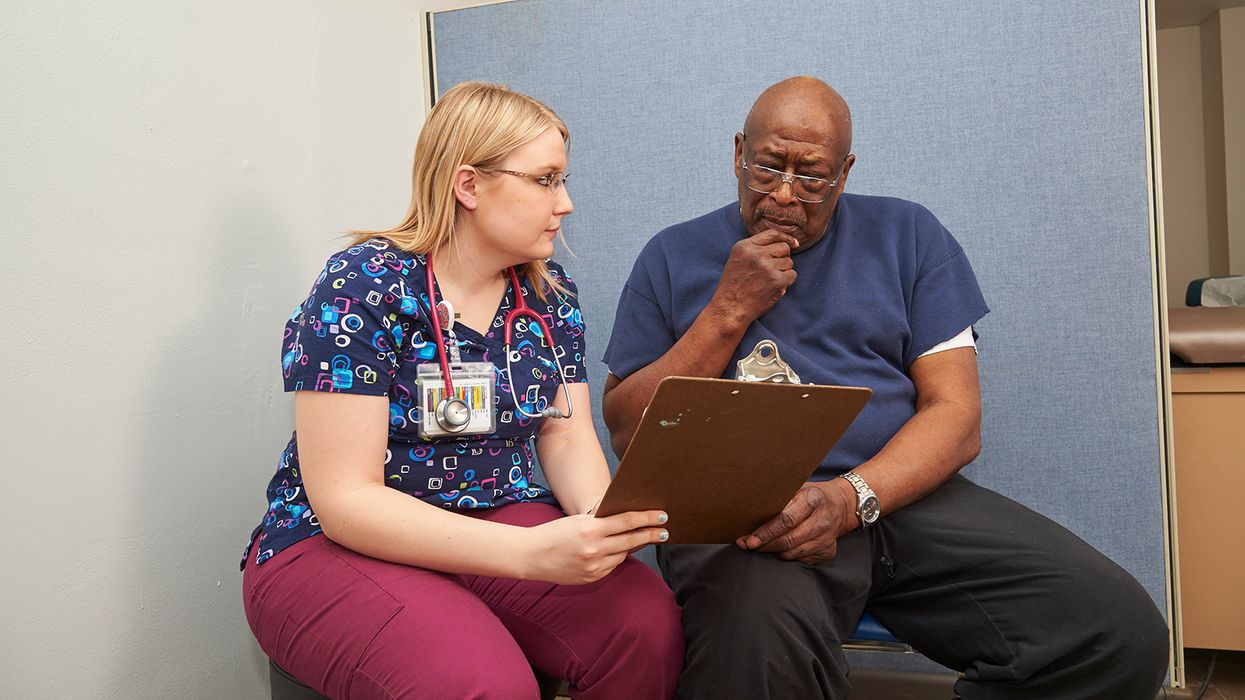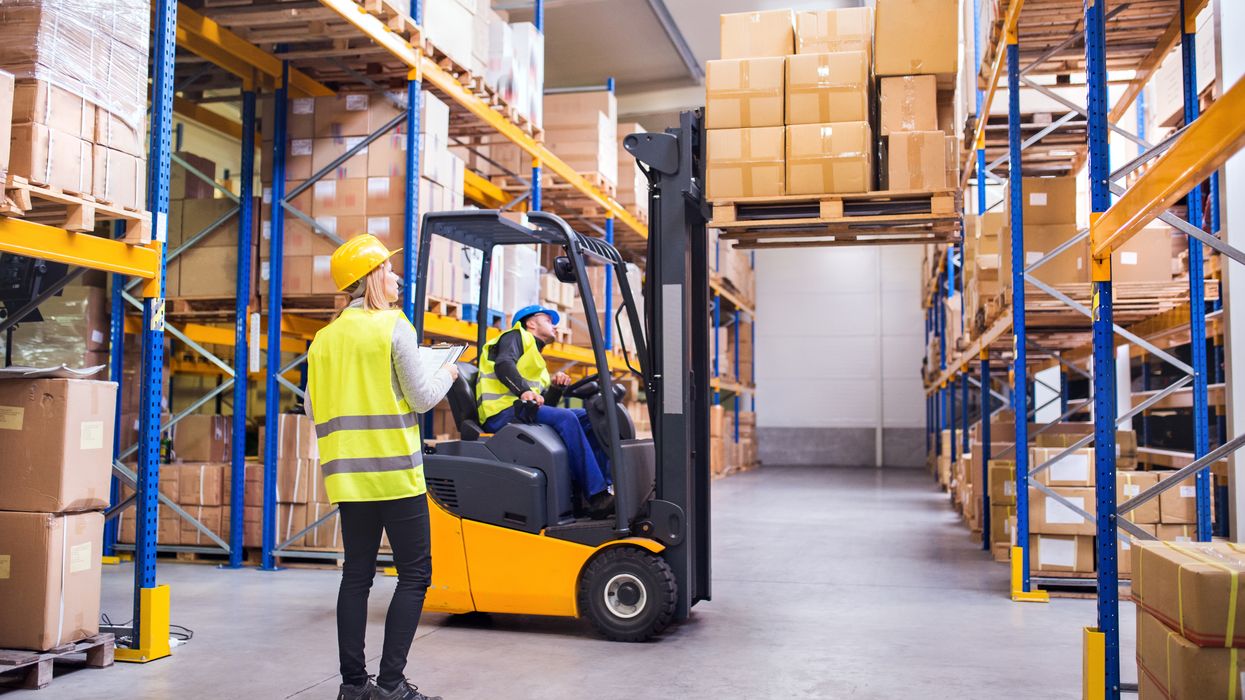New study confirms the unsafe reality of ill-fitting PPE
PPE that doesn’t fit may result in a lack of use by employees and non-compliance for the company. For women who wear personal protective equipment (PPE), the lack of adequate sizing options can influence their perception of overall safety. A recent J.J. Keller Center for Market Insights survey further validates this claim. As OSHA moves forward with updating the construction PPE standard to address proper fit, employers of all industries must continue to make fit a priority.
PPE includes gloves, boots, glasses, or any other equipment worn to protect individuals wherever it is necessary. Among other things, employers have an obligation to select PPE that properly fits each affected employee.
As a compliment to J.J. Keller’s PPE Pain Points research conducted in 2022, the survey did not specify one type of PPE, but rather PPE in general. Two questions were asked of 100 women in the workplace. The first question aimed to explore their experience regarding the availability of PPE that fits them well. The second was to understand the perceived impact of wearing ill-fitting PPE and how that influences their sense of safety in the workplace.
Survey question #1 – At work, do you ever struggle to find PPE that fits you well?
This question asked how frequently women encounter challenges in obtaining PPE that is the right size and shape for their body. Possible responses included:
- Yes – regularly,
- Yes – once in a while, and
- No.
Of the 100 women that responded, 84 explained that they have found proper fit to be a challenge, whether regularly or once in a while. Half of all respondents said they struggled to find PPE that fits them well on a regular basis. Only 16 women said they never experience this problem.
Survey question #2 – Does [ill-fitting] PPE impact how safe you feel at work?
This question addressed whether wearing PPE that doesn’t fit properly affects their perception of how well-protected they are from potential workplace hazards. Possible responses to this question include:
- Yes – a lot,
- Yes – a little bit, and
- No.
More than half of the participants said that ill-fitting PPE does impact how safe they feel at work, while 1 in 4 said that it impacts their feeling of safety a lot. 21% of the survey participants said that it has no impact.
The topic of proper fit is nothing new for General Industry and Maritime. Sections 1910.132(d)(1)(iii) and 1915.152(b)(3) each explicitly provide that employers must select PPE that properly fits each affected employee. Appendix B of 29 CFR 1910, Subpart I (PPE), which helps employers in selecting PPE, provides: “Careful consideration must be given to comfort and fit. PPE that fits poorly will not afford the necessary protection. Continued wearing of the device is more likely if it fits the wearer comfortably. Protective devices are generally available in a variety of sizes. Care should be taken to ensure that the right size is selected.” This same type of guidance would apply to the proposed new requirement for proper fit in the Construction Industry (1926.95(c)(2)).
Body size varies for both men and women, so a one-size-fits-all approach doesn’t work for anyone, but PPE sizing has typically been more geared toward men’s sizes. As the voice of the female employee grows louder, employers may need to play catch-up with the regulations. The results of this survey can provide insights into the effectiveness of PPE distribution and usage, potentially highlighting areas where improvements can be made to ensure better safety and well-being for employees.
| Want to learn more about PPE but don’t know where to start? Check out our foundational learning in the Institute. |

